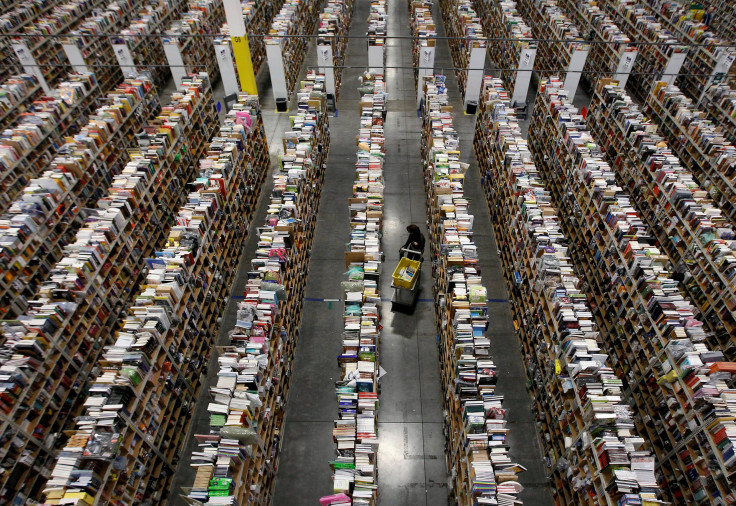Do You Have To Pay Sales Tax For Selling Online? Amazon Sellers Face Nearly $2 Billion In Missed Taxes

Amazon.com’s third-party sales doubled in 2016, but many of those sellers, who use the online retailer’s Fulfillment by Amazon service, may be liable for $1.9 billion in missed sales tax payments in 2016 as a result of Amazon’s growing inventory storage infrastructure.
By moving third-party sellers’ inventories from state to state—including 18 states where storage at a fulfillment center makes the product’s originator liable for sales tax—without “clear notice,” the Seattle-based e-commerce giant left them obligated to pay taxes on sales in those states, according to a report from the investigation and analysis service Capitol Forum. Sellers whose items were stored in those 18 states also owed the states sales taxes even if their products were later sold on non-Amazon websites, the Capitol Forum found.
Read: eBay Takes on Amazon Prime, Walmart With Three-Day Guaranteed Delivery
Sales by Amazon itself became liable for state sales taxes about four and a half years ago. As of Tuesday, the company paid sales taxes on items shipped to 42 states and was poised to add Idaho and Hawaii to the list in April. But for sales taxes resulting from the Fulfillment by Amazon program, the e-commerce giant places responsibility on its third-party sellers’ shoulders. (Tax advisory sites like TaxJar and Avalara offer guides to keep sellers from getting slammed with sales taxes they may have missed.)
But third-party sellers’ goods are located, on average, in close to seven fulfillment centers within their first month as a Fulfilled by Amazon seller, and in 15 centers by the end of their first year, according to a study by the online sales news site PracticalEcommerce.
California, Texas and Florida lost the most in foregone sales taxes, with missing sales tax revenues of $431 million, $264 million and $186 million, respectively, according to the Capitol Forum report, which used company data and sales tax compliance census information. Among 5,000 of the top sellers using Fulfillment by Amazon, the sales tax compliance rate for cases in which products were stored in fulfillment centers and sold in the same state was just 5.5 percent.
The Amazon’s use of fulfillment centers has grown in recent years, winning the company hundreds of millions in tax subsidies that come from the establishment of stock warehouses, and the company stood poised to beat Wal-Mart Stores Inc. in terms of total state and local subsidies awarded, Bloomberg reported Monday. The e-commerce behemoth also won $92 million in tax credits for setting up fulfillment centers over a period of just three months, the business news site found, citing research from the advocacy group Good Jobs First.
“Amazon is a juggernaut in terms of tax breaks,” Good Jobs First Executive Director Greg LeRoy told Bloomberg. “They were pulling down $125 million annually for at least two years and they are on pace for that in 2017, given the deals we’ve seen already for the year. So it won’t be long before they surpass Wal-Mart.”
Amazon did not respond to a request for comment by press time.
© Copyright IBTimes 2024. All rights reserved.






















